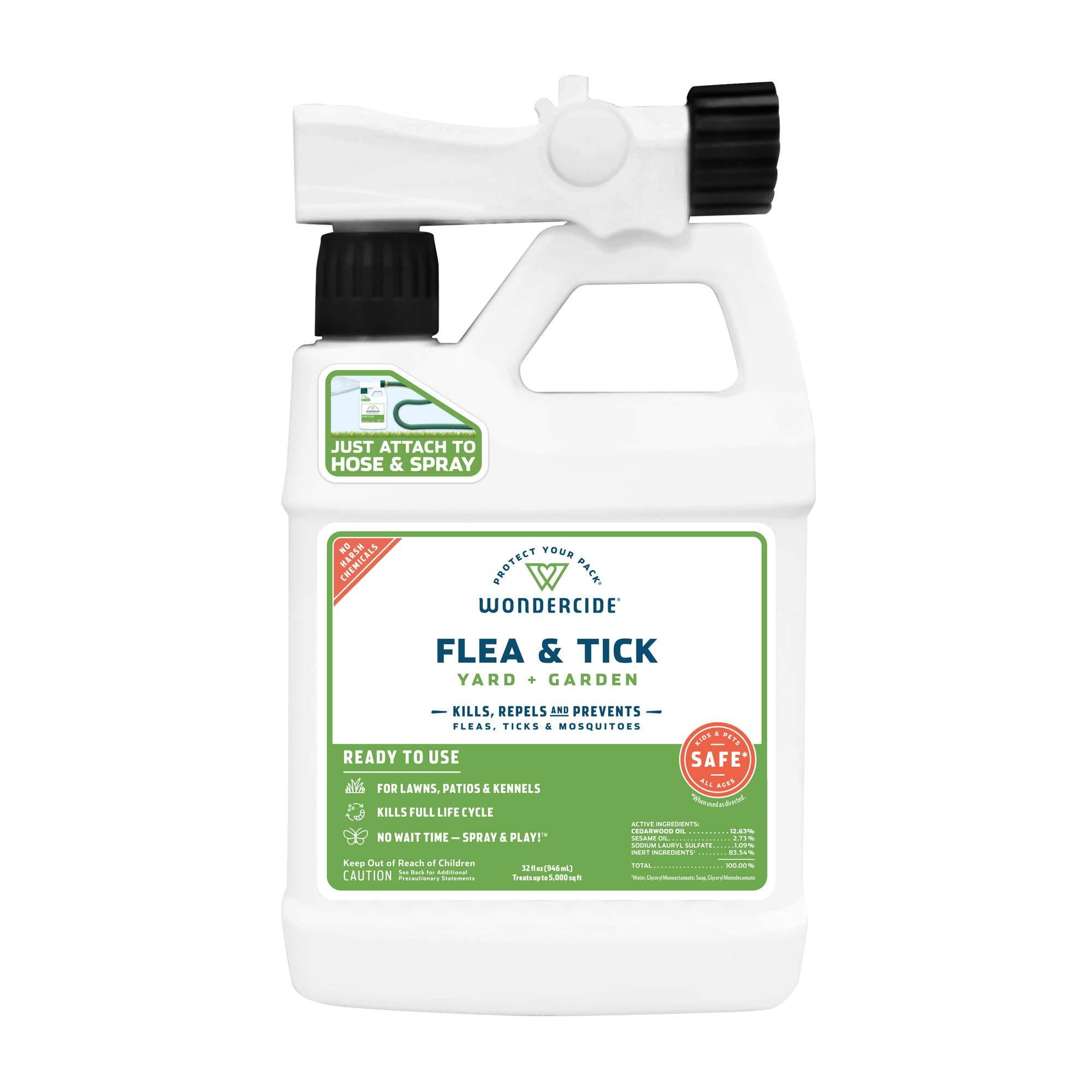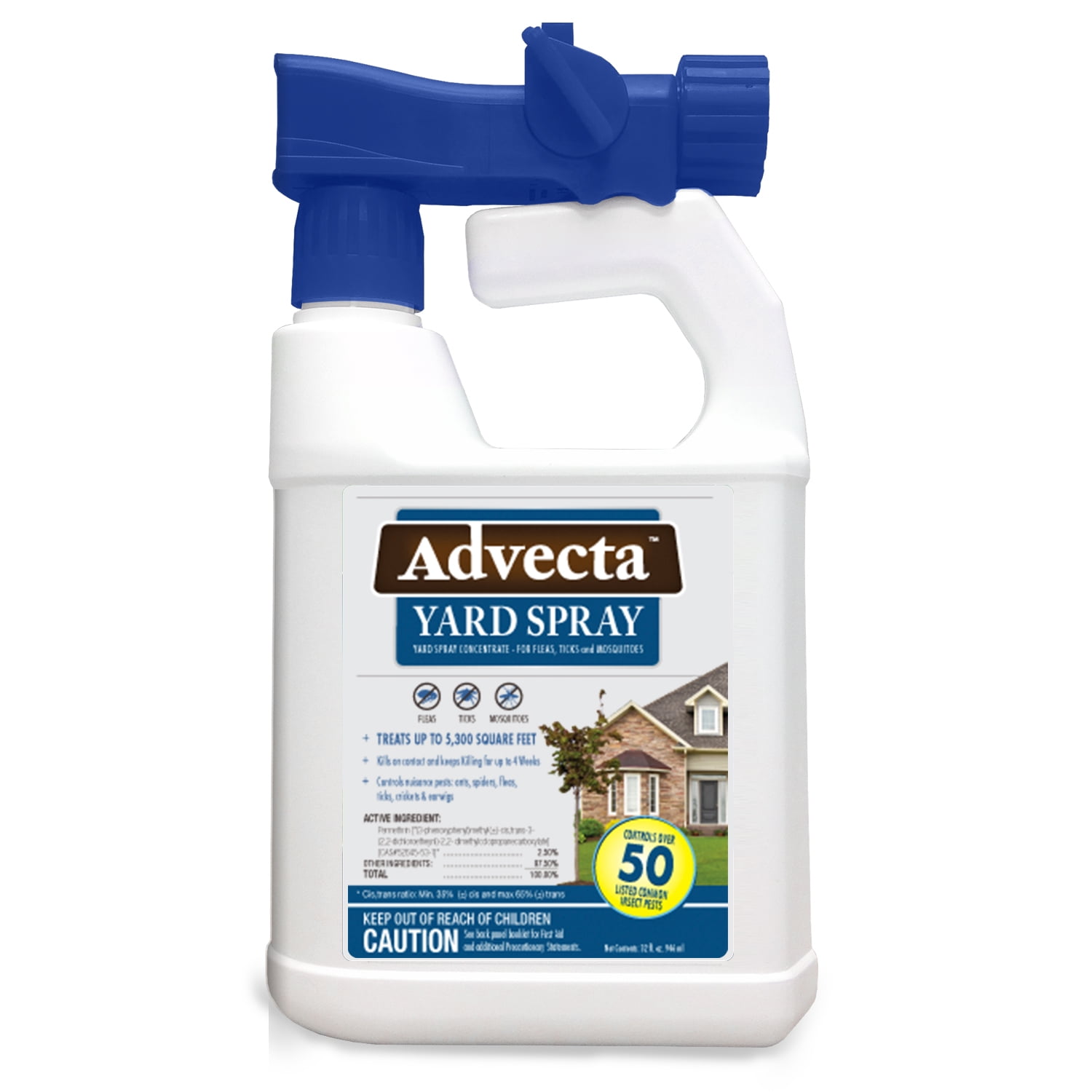
Once you’ve created a solid border, the only way ticks will enter your property is by latching onto a host like you or your pets. Hardscaping elements like brick or stone pavers also discourage ticks from getting in your space. Instead of brush, line your lawn with a 3-foot wide section of gravel, mulch, or well-trimmed turfgrass. Hedges, shrubs, and ornamental grasses at the edge of your backyard provide the perfect opportunity for ticks to latch onto you when you get home. Ticks don’t travel far across exposed surfaces. Otherwise, all your hard work can be undone. If you already have a tick problem, it’s still important to ensure new adult ticks aren’t making their way into your yard. Create a tick-free border around your yardīuilding a moat around your property might not be in the budget, but there are other ways to implement tick border control for your home.Īpproximately 80% of ticks stick to the outer 9 feet of a lawn. For treatment to work, first, you need to take steps to prevent new ticks from entering your space by creating a tick-free border around your property and treating your pets.
/Trombidiidae-mite-adult-5c42493346e0fb00019189a9.jpg)
We’ll explain several options you can take to treat your yard for ticks, including broad-spectrum insecticides, tick tubes, and Insect Growth Regulators. Here are some places ticks like to live in your yard: Once they’ve latched onto your leg, they make their way up your body. Because they dry out easily, they stay close to the ground where there is more moisture. You might think ticks live in trees because they’re often found in your hair, but they don’t travel more than a few feet in the air. They prefer to hang out in places with plenty of coverage, shade, and moisture. What attracts ticks to your yard in the first place? If you see either of these, call your vet or doctor. Monitor the site for signs of rash or infection. Clean the area with an antiseptic like rubbing alcohol.Check to make sure you completely removed the entire tick, then put it in the container.
#Tick yard treatment skin#
Get as close to the skin as possible and grasp the tick with firm pressure, then slowly pull it away from the skin with steady pressure.You’ll want to keep it for testing if you or your animal shows signs of tick-borne illnesses like Lyme disease. Ticks can get out of even tightly closed containers, so make it escape-proof by wrapping plastic wrap around the lid’s edges. If you find a tick, get a container ready to put the tick in. What do you do if you find a tick on you or your pet? Stop if you feel any small bumps or see a black spec in their skin.Īreas where ticks commonly attach to pets:Īreas where ticks commonly attach to people: Make sure to tuck your pant legs into socks to protect your legs.Ĭheck your pet for ticks by running your fingers through their coat against the direction it normally lays. This is best done in a bathtub where you can spot any ticks that fall off the fabric. Adults are the size of an apple seed (bigger if they’re fed)Ĭheck for ticks on yourself by wearing long-sleeved, light-colored clothing for yard work or when spending time outside, especially around the perimeter of your property.Nymphs are about the size of a poppy seed.They live in different parts of the county and carry different diseases. There are various species in the United States including the deer tick, brown dog tick, American dog tick, and Lone Star tick.

Nymphs and adults have eight legs and can be a grayish-white, brown, black, orange-brown, or yellowish color.

Ticks are wingless and have a flat, oval-shaped body. The primary thing you’re looking for is the insects themselves, so you’ll need to get acquainted with what they look like and their habits. Create a tick-free border around your yard


 0 kommentar(er)
0 kommentar(er)
